House-bidders will be able to bag a slice of history when the old Forteviot School goes up for sale.
The 1920s property is being auctioned, along with plenty of fittings that former pupils will find familiar.
The toilets’ tiled walls, polished wood floors and school kitchens are all still in place.
Outside, the playing fields, bike racks and playground markings are much as they were when Forteviot School closed its doors for the last time.
It will be sold in an online auction on December 7, with a guide price of £140,000.
Shepherd Commercial is handling the sale of the property from its Perth office.
Agent Jonathan Reid said it was an unusual prospect – but one which is attracting lots of interest.
“We only put it on the website yesterday,” he said. “And we’ve had quite a few inquiries already.”
Forteviot School preserved in time
The firm says Forteviot School has the potential for a house conversion.
The buyer will probably want to make a few changes though.
Inside, the layout currently features an entrance vestibule, classrooms, school kitchen, toilet facilities and office space.
The property particulars show old guards over the radiators, exit signs on the walls, fire extinguishers by the doors and even leftover desks.
The decor ranges from school custard yellow walls to indestructible blue carpets.
The former school sits in 0.89 acres of land on the edge of the Forteviot, close to the River Earn between Perth and Auchterarder.
The bike shelters are attached and the old football goalposts are still set out in the playground.
Centuries of welcome in Forteviot
Forteviot School was mothballed by Perth and Kinross Council in 2016 after the roll dropped to just a handful of pupils.
Youngsters began travelling to nearby Forgandenny Primary instead.
The closure was finally made official in 2018.
However, Forteviot was re-opened as a temporary base for pupils of the New School at Butterstone after its sudden and controversial closure the following year.
Forteviot itself has a long and rich history.
It was rebuilt as a model village in the 1920s by John Alexander Dewar, of the Dewar’s whisky family.
But the area is believed to have been inhabited since the Bronze Age.
It was also an important Pictish settlement in the 9th Century.
King Cináed mac Ailpín is said to have died in a palace nearby.
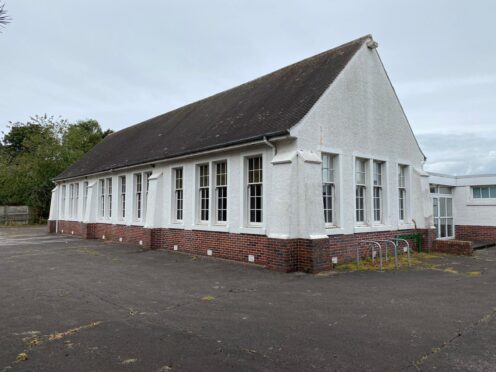
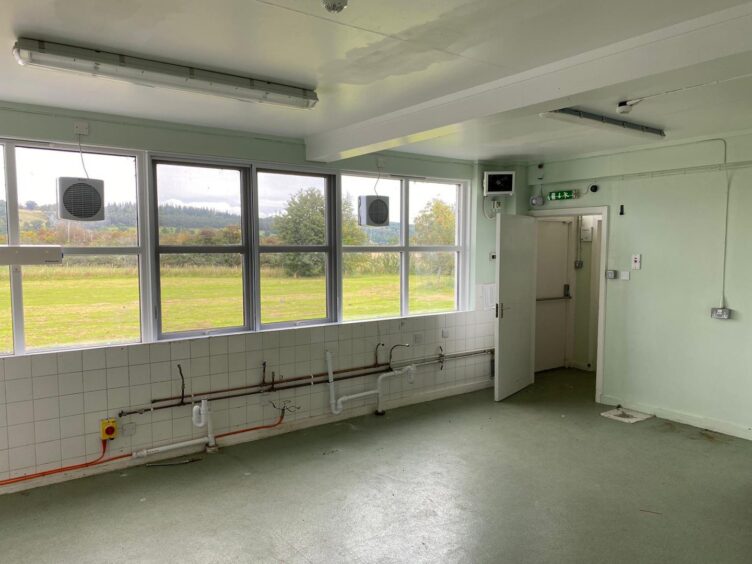
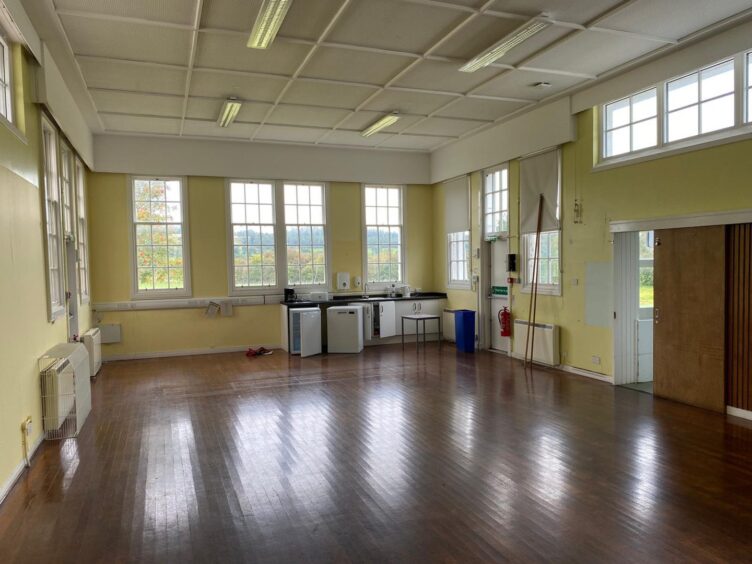
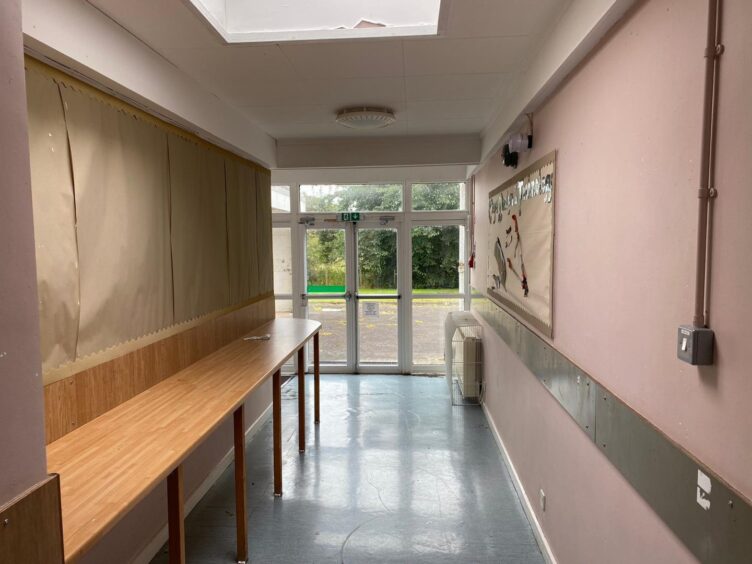
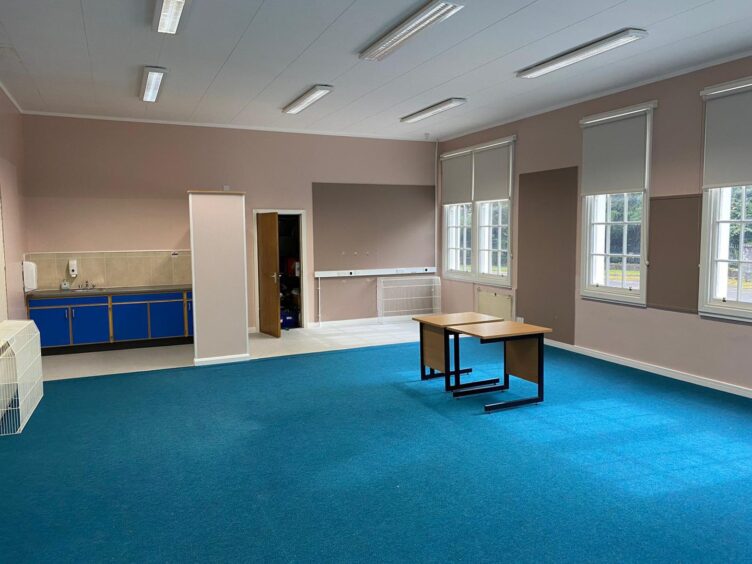
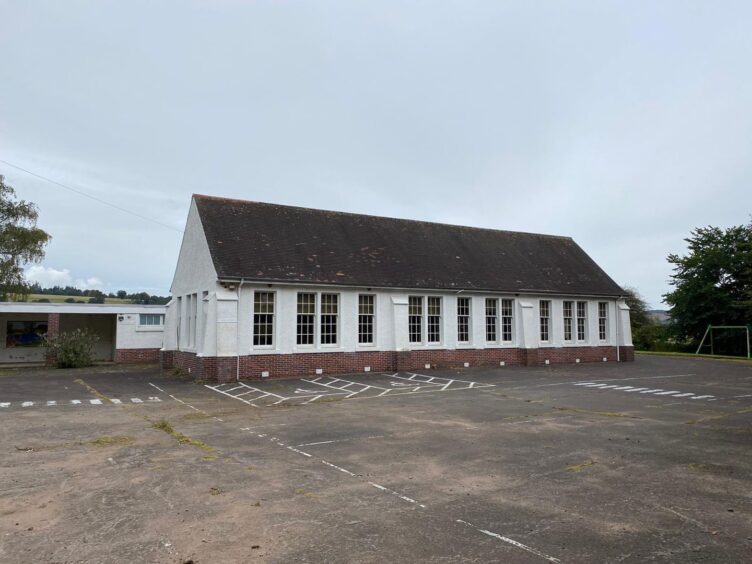
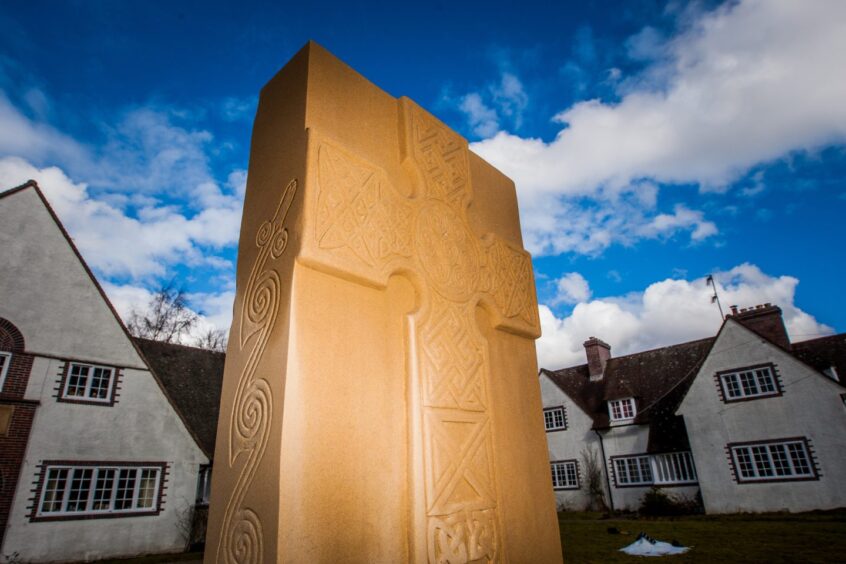
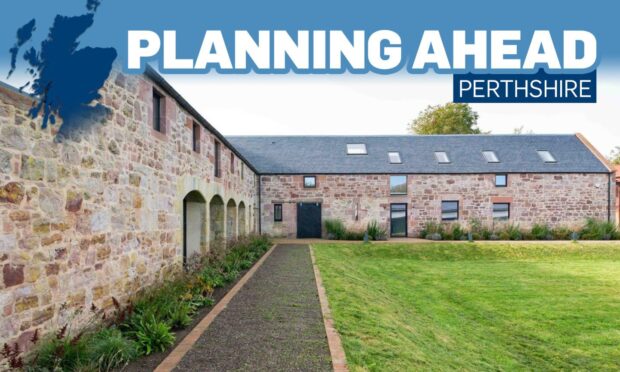
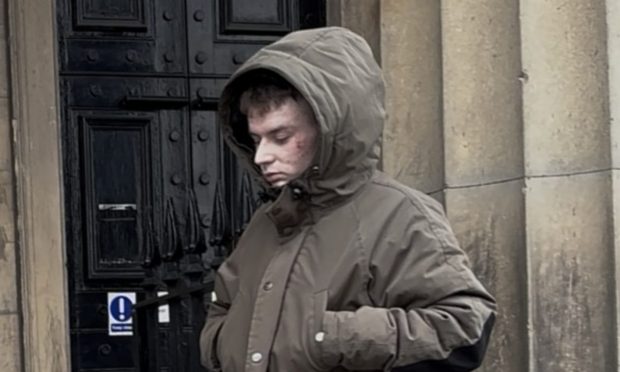
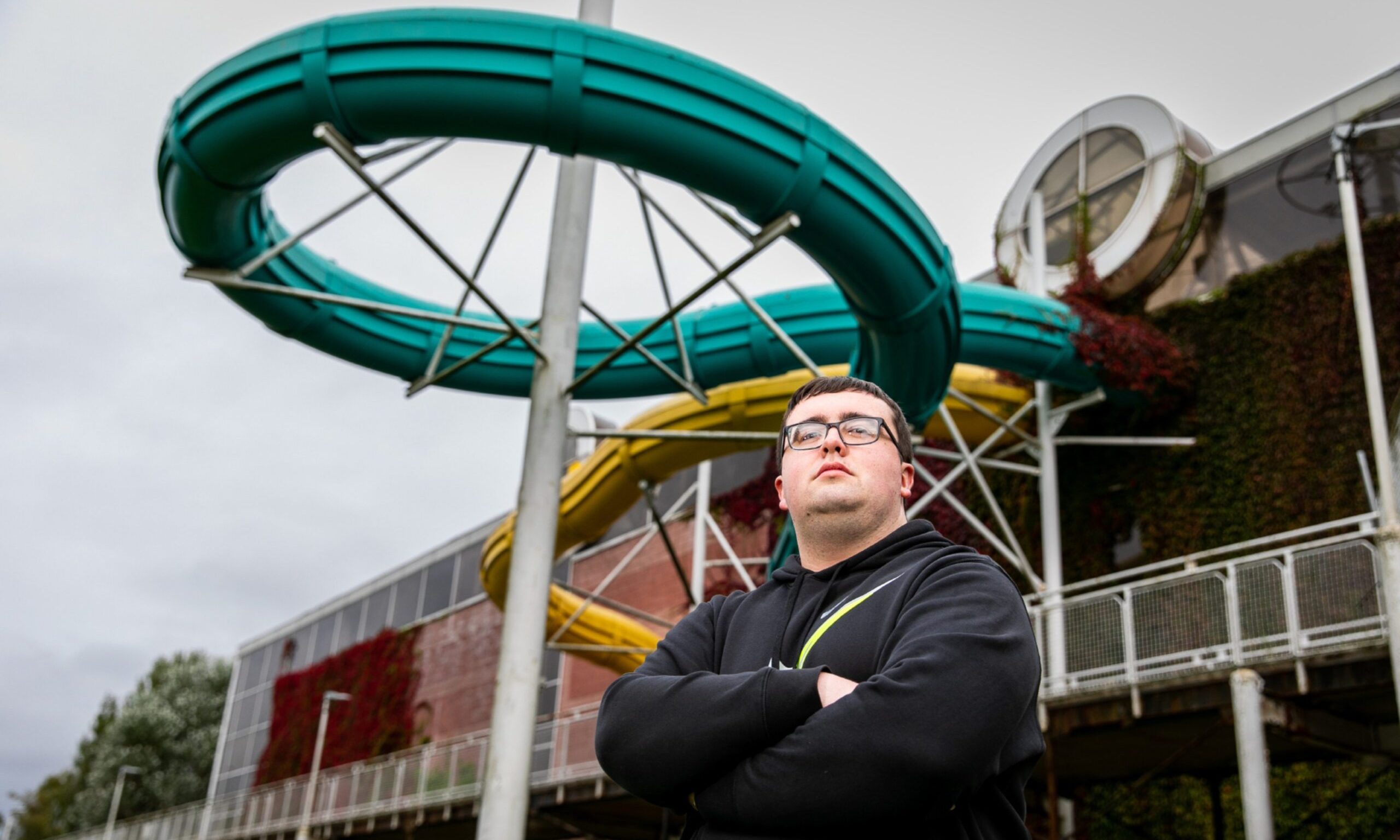
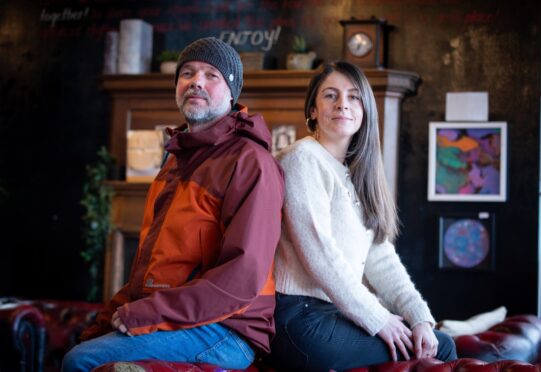
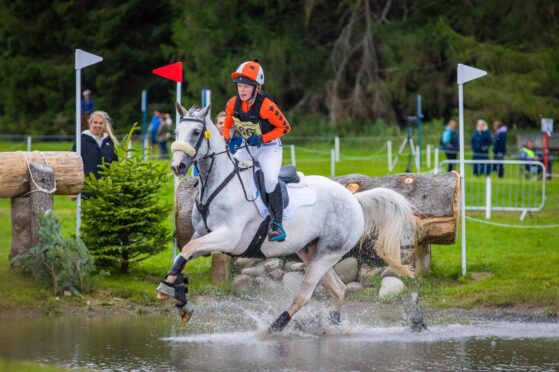
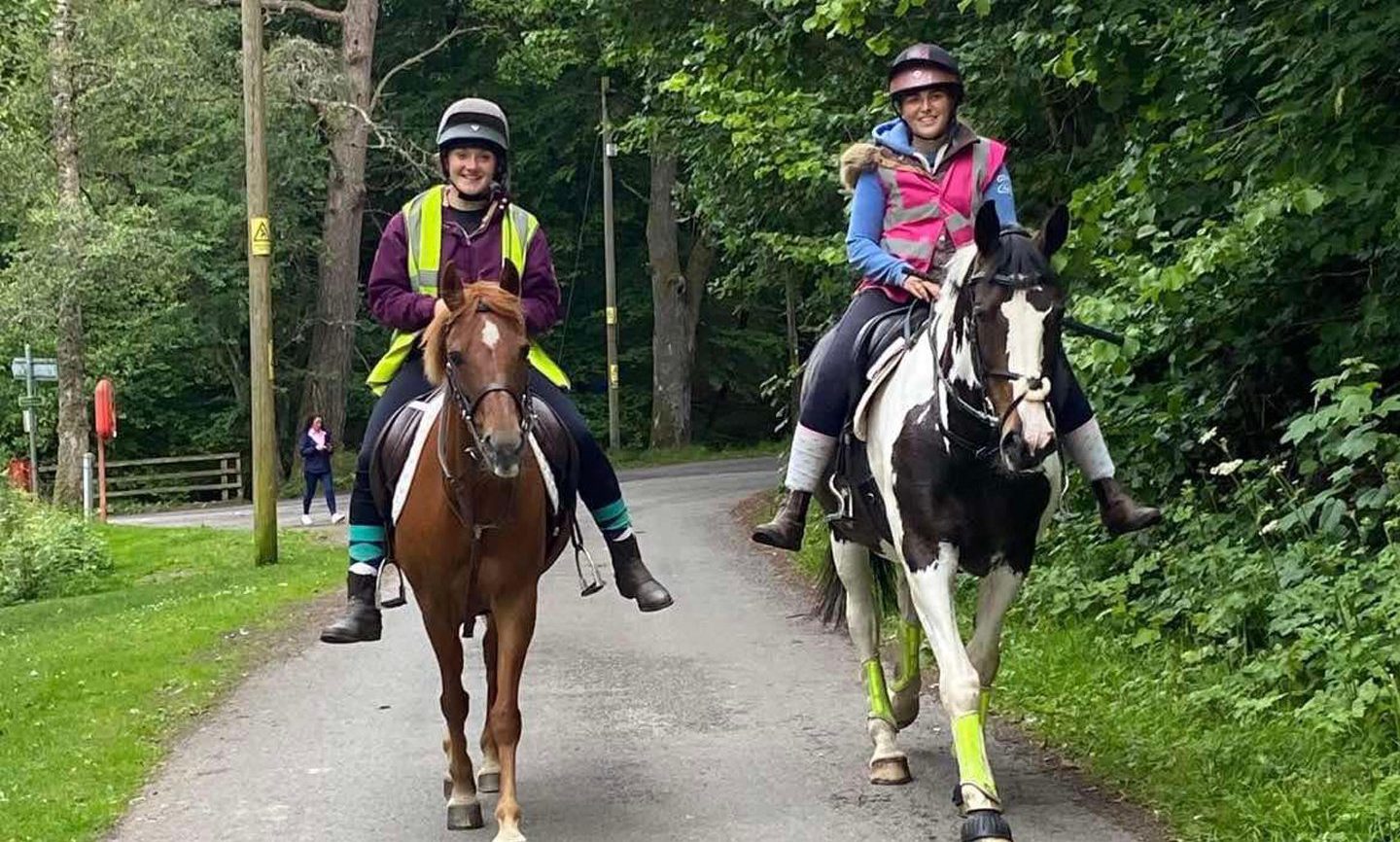
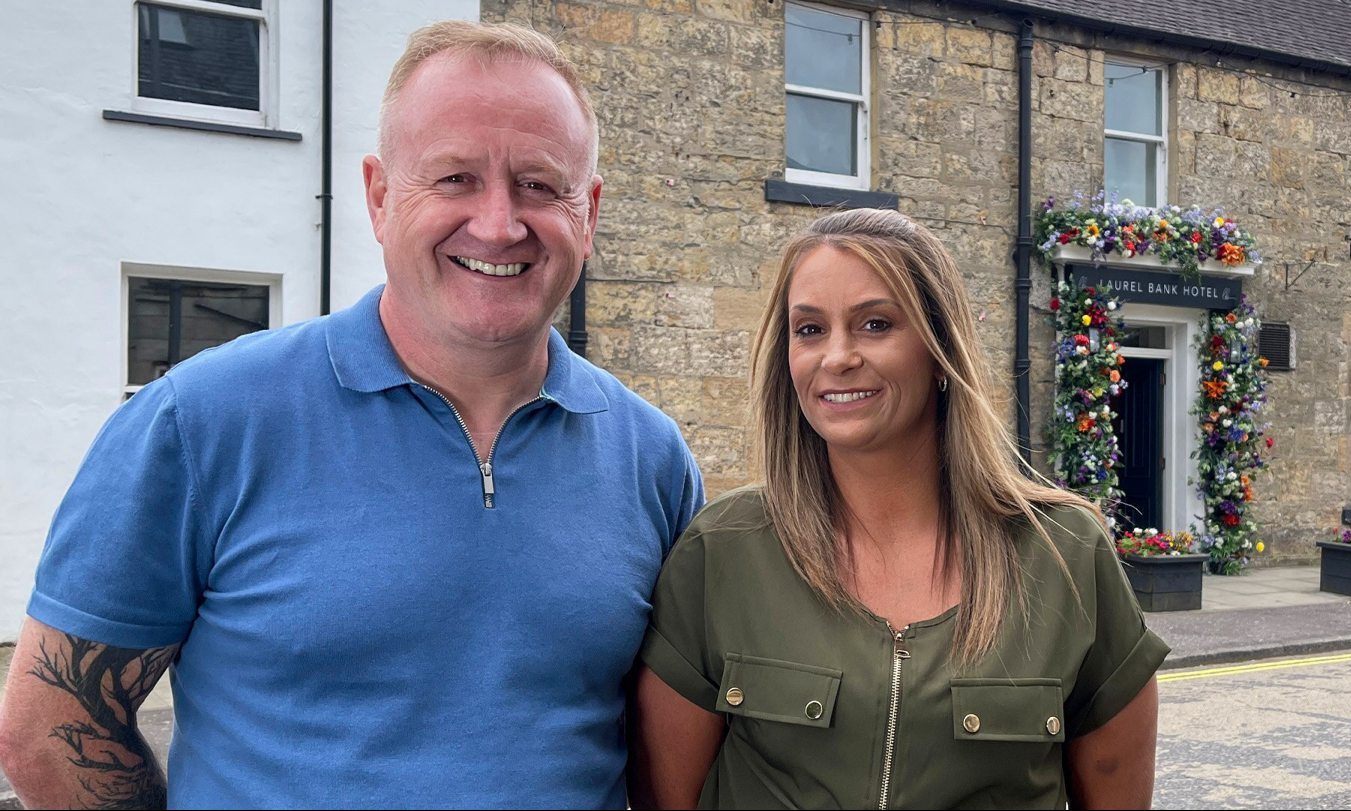
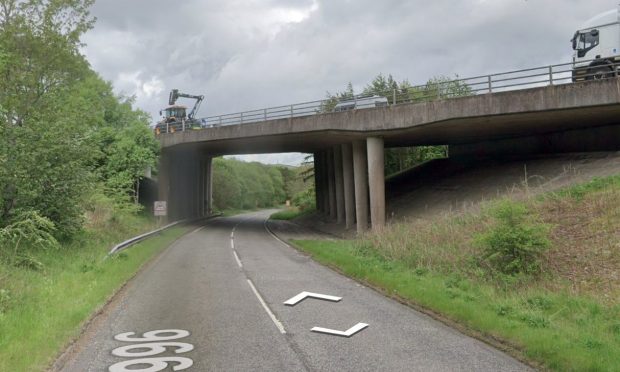
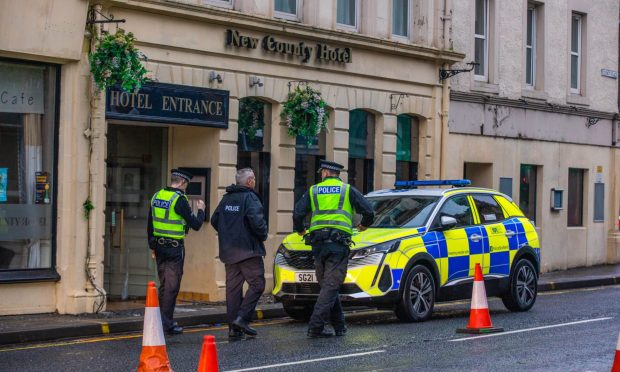
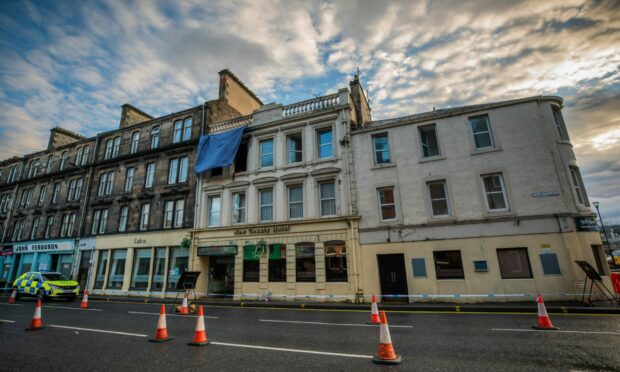
Conversation